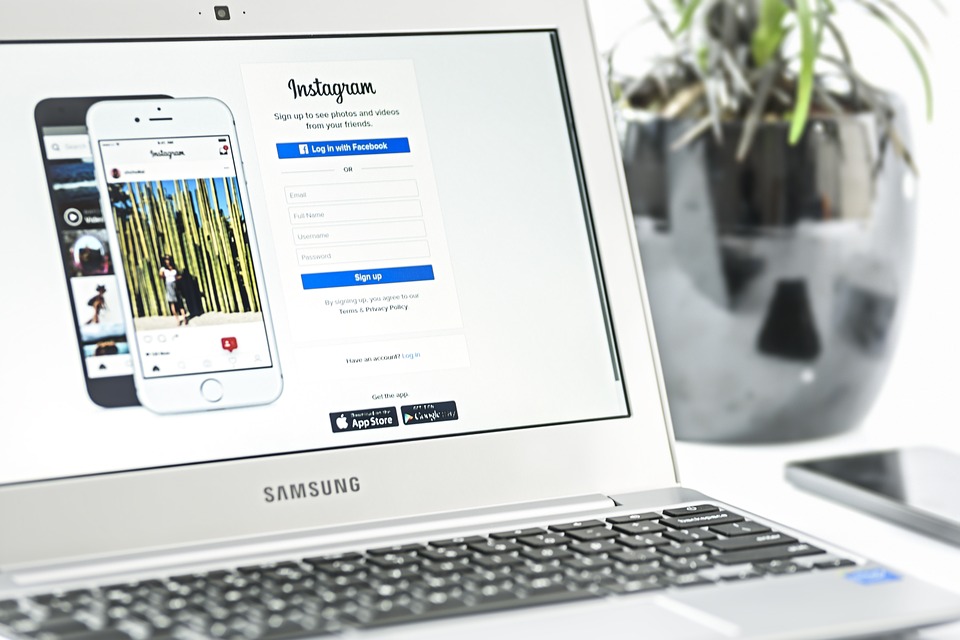Founder of UGG, Brian Smith, has catapulted his sheepskin boots into the public eye at a level few brands have achieved. The instantly recognizable UGG boots have grown into a staple of fashionable footwear, and everyone from your next door neighbor’s daughter to Oprah wears them. Valued in the ballpark of $1 billion, UGG is powerful a global brand.
When Smith first launched the brand, though, he couldn’t get any stores to even carry them. What was the catalyst that changed UGGs from something retailers avoided into an international best seller?
Well, besides having a fantastic product, Brian and his team understood marketing. With many brilliant celebrity endorsement strategies, UGG hit record sale after record sale.
I talked to Brian about the history of UGG, along with how he was able to get his product to celebrities to grow the brand. Here’s Brian’s story.
The Birth of UGG
Hoping to find the next revolutionary product to bring from America to Australia, Smith came to California in the early 60s. After many months of unsuccessfully trying to track down a game-changing product that would help him to create millions in his native country, he made a stunning realization while catching up with a friend from Australia. Flipping through an Australian magazine his friend had brought, Brian had his first revelation.
“I saw this one photo which had a couple of legs up in front of a fireplace with sheepskin boots on. I went, ‘Oh my god, there are no sheepskin boots in America! Instead of finding the next big thing for Australia, I decided to call up the manufacturer and see if we can start importing them into America. That’s how it got started. It’s not rocket science.”
Maybe it isn’t rocket science, but it is the conception of a billion dollar brand. From there, Smith and his business partner began importing sheepskin boots to the U.S.
Startup Struggles
Smith knew the customers for his boots existed in California–surfers who visited Australia regularly brought back several pairs for themselves and their friends. Despite his market knowledge, Smith and his partner couldn’t convince retailers that selling sheepskin boots on the west coast would ever make money. Store owners called them crazy for even attempting it.
“Just to give you a perspective, when we started selling them in California, my buddy who was my partner at the time went to probably 200 shoe retailers and didn’t get a single order,”
And when they did find retailers who would carry the boots, they couldn’t make enough sales for the retailers to justify keeping UGGs in stock. The problem didn’t seem to have an easy solution. UGG was using beautiful models wearing trendy clothing and sitting in picturesque locations for marketing, but they couldn’t engage their market.
Finding Successful Marketing Strategies
Confounded and frustrated, Brian turned to some surf shop friends who were part of his target market.
One day, I was talking to one of my surf shop buddies and I was explaining the situation to him. He just called out to the back of the room, “Hey you guys, what do you think of UGGs?” They came out saying, “Oh my god, those things are so fake on those models. They can’t surf.” It hit me that I was just advertising the wrong image for that market.
That was Smith’s second revelation. He turned to an image that would resonate with the surfer market–professional surfers. It can be difficult to measure the ROI of paid celebrity endorsements, but in Brian’s case, the benefits were obvious almost immediately. After paying a few celebrities to promote the brand, he instantly saw success.
“My first celebrity advertising was getting a couple of young pros. As soon as I did that and started advertising, our sales went to $400,000 that season.”
After the west coast operation got off the ground, UGG started expanding across America. In the beginning, Brian targeted niche markets, “Eventually, we went into the snowboard/ski market. I hired celebrity snowboarders–the young pros.” From the surfers in California to the hockey players in Minnesota, UGG grew in popularity. To dominate a global market, though, Brian knew he’d need to branch out and appeal to a wider audience. His strategy came to him while looking over a fellow passenger’s shoulder on a flight back to California.
“I saw the girl next to me was reading Us magazine and People magazine. All the stars were being photographed on the streets, and they were describing what they were wearing and everything. I got back home and tried to figure out how do you get to these celebrities.”
After mentioning the idea to a friend, he found it. “Why don’t you try their stylists?” his friend suggested. At that point, Smith didn’t even know what a stylist was, but he quickly learned and started contacting them.
“I found a mailing list of about 400 celebrity stylists in Hollywood. I sent a letter out to all of them and said, ‘If you want a free pair of UGG boots, please give me a call.’ About 40 of them did. I sent them all a free pair of UGG boots. I would say within 3 to 4 months, we started seeing the products show up in sitcoms on TV. A year later, they’re wearing them in the movies. Tom Cruise and all these high-end celebrities were wearing them on TV and the movies. The stars started to pick up on it.
You can get celebrity stylists contacts by using Moda Database. It didn’t take long for UGG to make its way into Hollywood circles. The presence of UGGs in the media only grew after that, from New York fashion to Oprah’s Favorite things.
Marketing That Missed
Celebrity endorsements aren’t an exact science, and while UGG used some deals to great success, sometimes their partnerships weren’t so effective. Brian recalls the endorsement of Rush Limbaugh as a mixed blessing. Smith resisted hiring the polarizing radio talk show host in the beginning because he didn’t fit the “casual, comfort theme” of the brand. A major shareholder pushed for the endorsement, though, and UGG officially hired and paid Limbaugh to endorse the brand.
We sold a ton of product but the problem was the first day that he announced he was starting with UGG, our phones just shut down. We never got back to normal. That was September, October, November and December. Most of the people that were calling were stockbrokers asking how they can buy stocks. It really didn’t add any new retailer. The other problem was the phones were so jammed that our regular retailers couldn’t call their orders in and reorder — stuff like that. The bottom line is we sold out that year but I think we would have sold out without him, just through the regular casual comfort market that we already developed.
Rush’s endorsement price also meant UGG had to sell more units just to pay for him. The customers the talk show spot gained UGG weren’t the company’s target market, and they didn’t become repeat buyers. In the end, the endorsement probably didn’t hurt the company, but it’s an excellent case study of choosing a celebrity who doesn’t fit your brand’s message or identity.
US Weekly Coverage
Most startup founders have a few defining moments in their history. For Brian, one of the greatest was a complete accident. Having spent hours and hours obsessively preparing to pitch an article about his boots to Us Weekly, Brian stepped into his meeting only to find out he was victim of a double-booking. He’d only get five minutes with an editor.
“I realized, oh my god, I’m not going to get to make my presentation. I just pulled out that little file I had with all these photos of celebrities —Tom Petty, Neil Young and everything— and matched that with a photo of Pamela Anderson on the beach wearing a red swimsuit and UGGs. ‘Oh, what’s that?’ I didn’t want to show it to her because that’s not really how you wear UGG boots. She wanted that photo and said, “Give me that article.”
A day later, the photo appeared in Us. “It was an instant hit. Within 12 hours, the phones pretty much got shut down.” The best part is UGG didn’t even officially endorse Anderson. The brand was just something people wanted to associate themselves with.
Brian’s Tip for Working With Celebrities
If you’re looking to build a global billion dollar brand (let’s be honest–who isn’t?), then you might want to take a page from Brian’s book and start looking for relevant celebrities. He saw massive results, and some of the largest periods of growth for the company were due to celebrities wearing his product. While UGG is now a giant in the fashion industry, they started out with a man flipping through a magazine and deciding to bring an pre-existing product to a new location. Like Smith says, “It’s not rocket science.” Your startup could also see incredible growth from working with A-listers. Brian leaves startups debating forming partnerships with celebrities with this advice:
“It’s a chicken-and-the-egg thing. You’ve got to have a cool brand before celebrities will want to wear it anyway.”
If you can create something people love, though, then you can create something celebrities will be happy to use and endorse–whether you pay them or not.
Be sure to check out Brians book Birth of A Brand.



